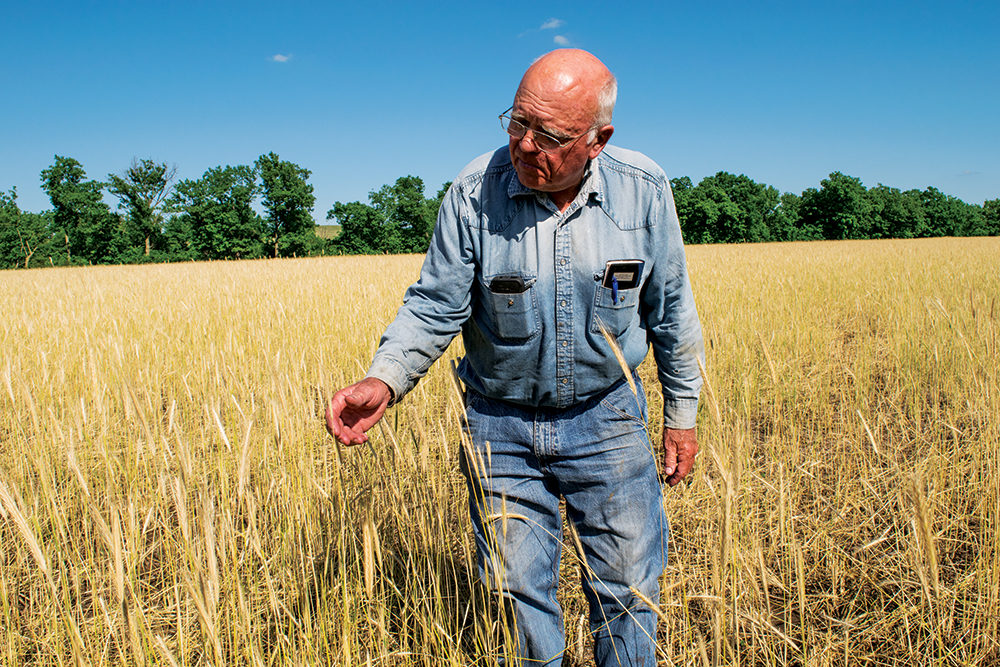No-Till Farmer
Get full access NOW to the most comprehensive, powerful and easy-to-use online resource for no-tillage practices. Just one good idea will pay for your subscription hundreds of times over.

When Roger Black switched to no-tilling in south-central Kansas more than two decades ago, he was searching for ways to reduce erosion in his silty-loam bottomland fields, as well as reduce fuel and labor costs.
Black looks back at that decision 22 years ago and says no-till helped him expand his operation near Arkansas City, Kan., with no significant expansion of equipment or labor. No-till has steadily built organic matter in his fields, and across the farm has proven to markedly improve water infiltration — a welcome productivity bonus in an area that sees about 32 inches of annual precipitation.
The most memorable experience with the practice, he remembers, came after the first year he left conventional farming. “I immediately noticed when it rained we had no water standing in the fields, and the water that ran off our terraces was clear,” he says.
Black farms with his son, Brian, and his wife, Carol, and is extensively involved in alfalfa and prairie hay sales to local ranchers in the Kansas Flint Hills, a region of native tallgrass prairie and historic ranches.
Black Farms includes more than 1,000 acres of native prairie, and Black grows about 600 acres…